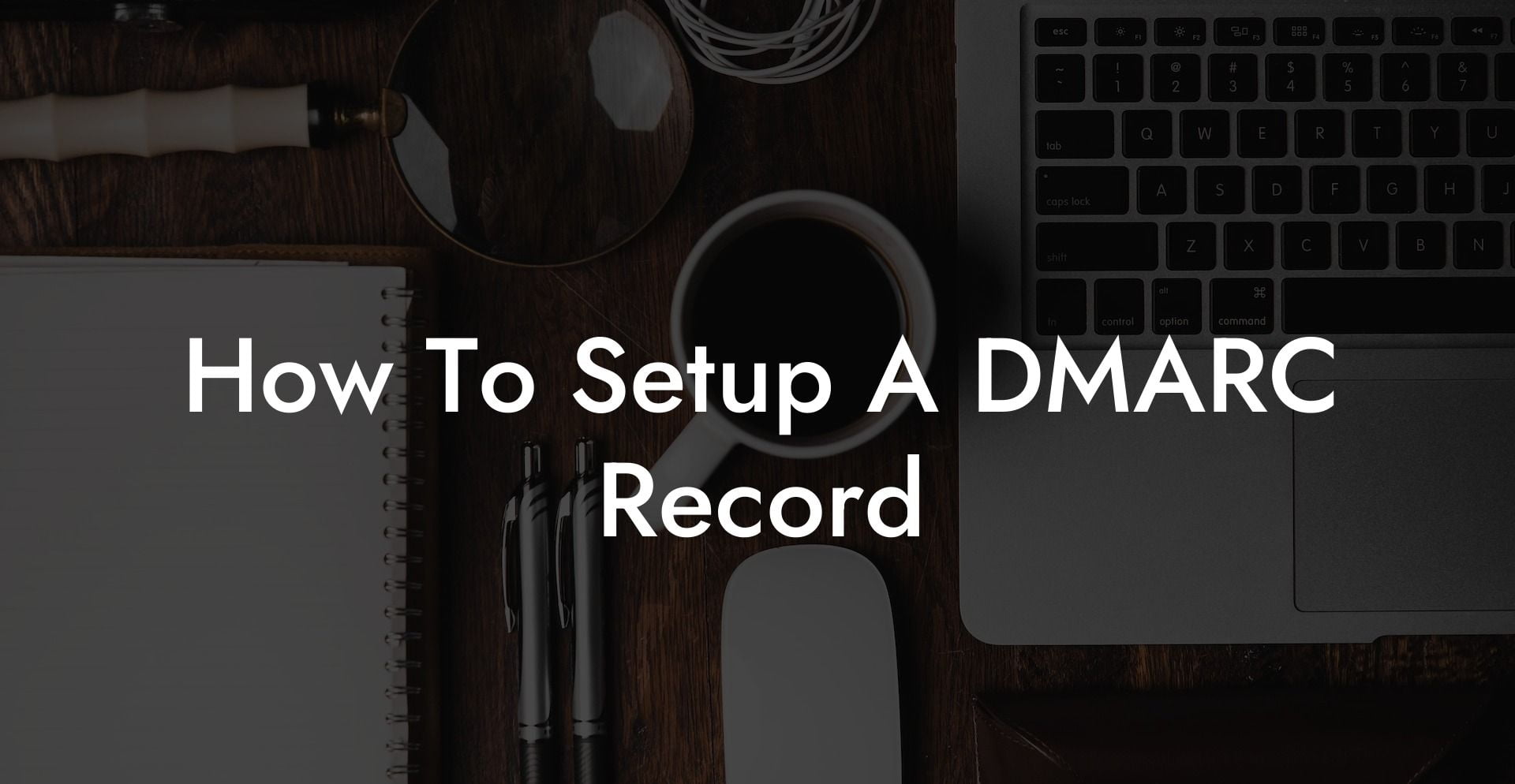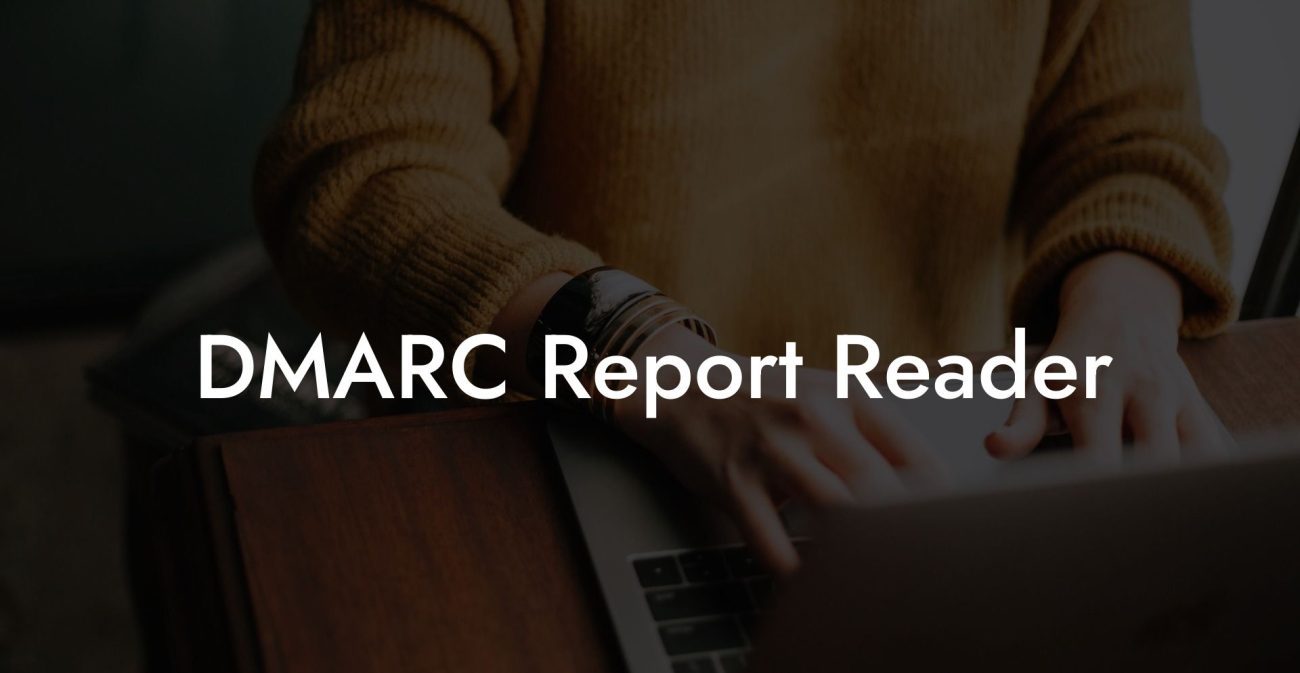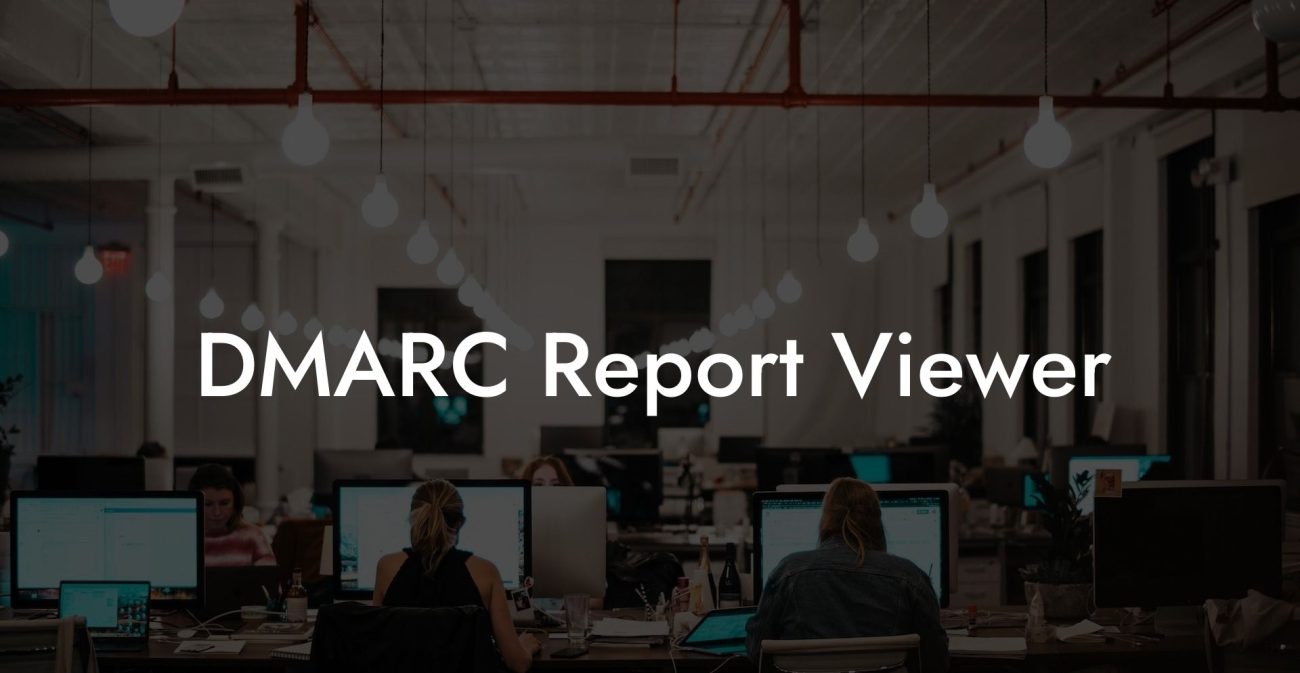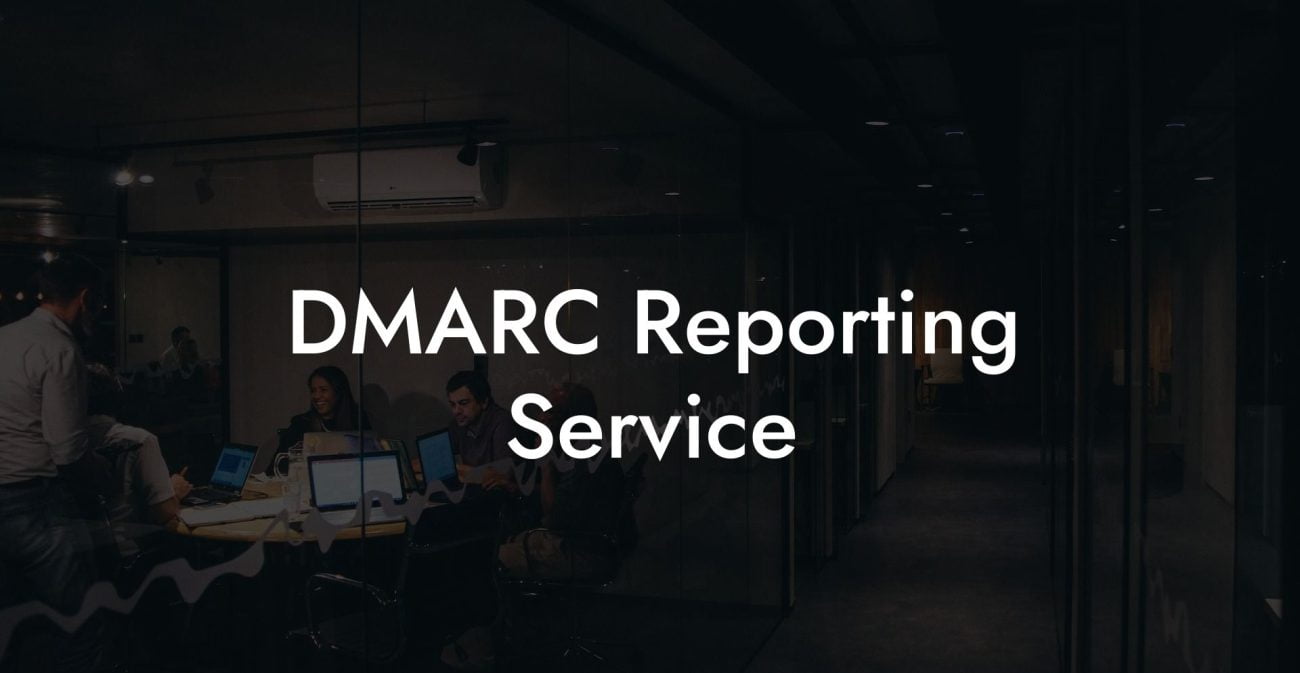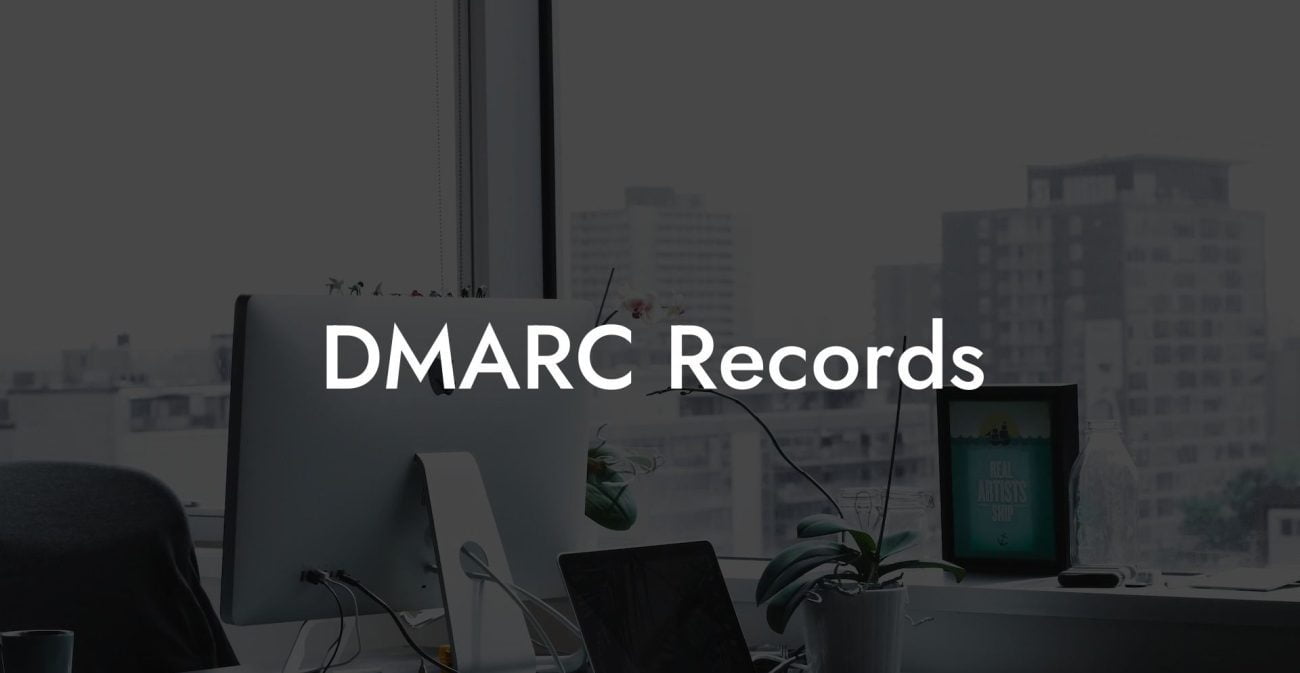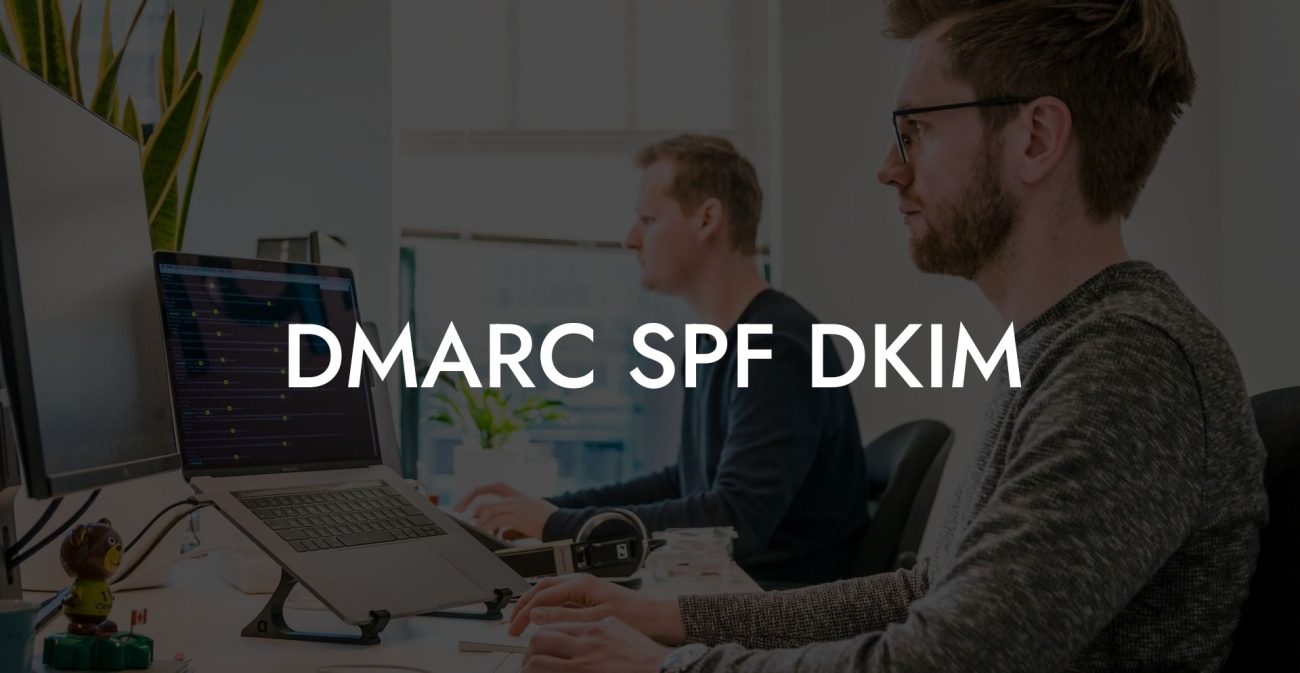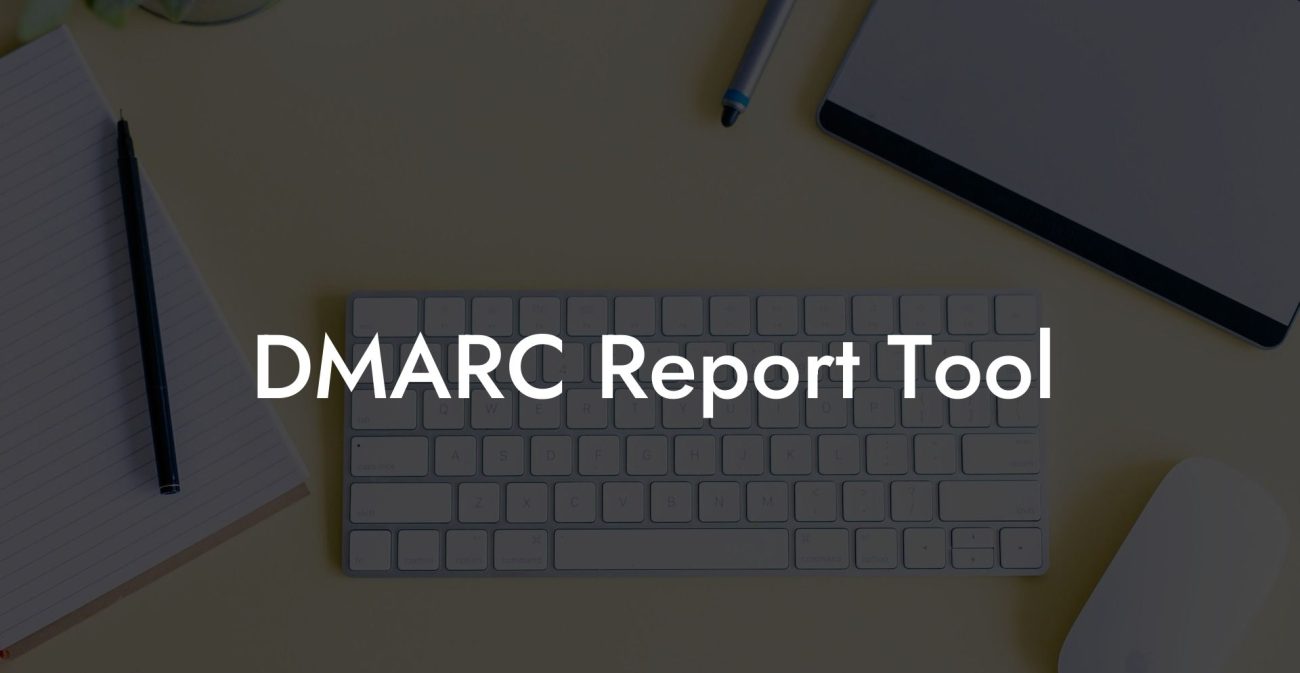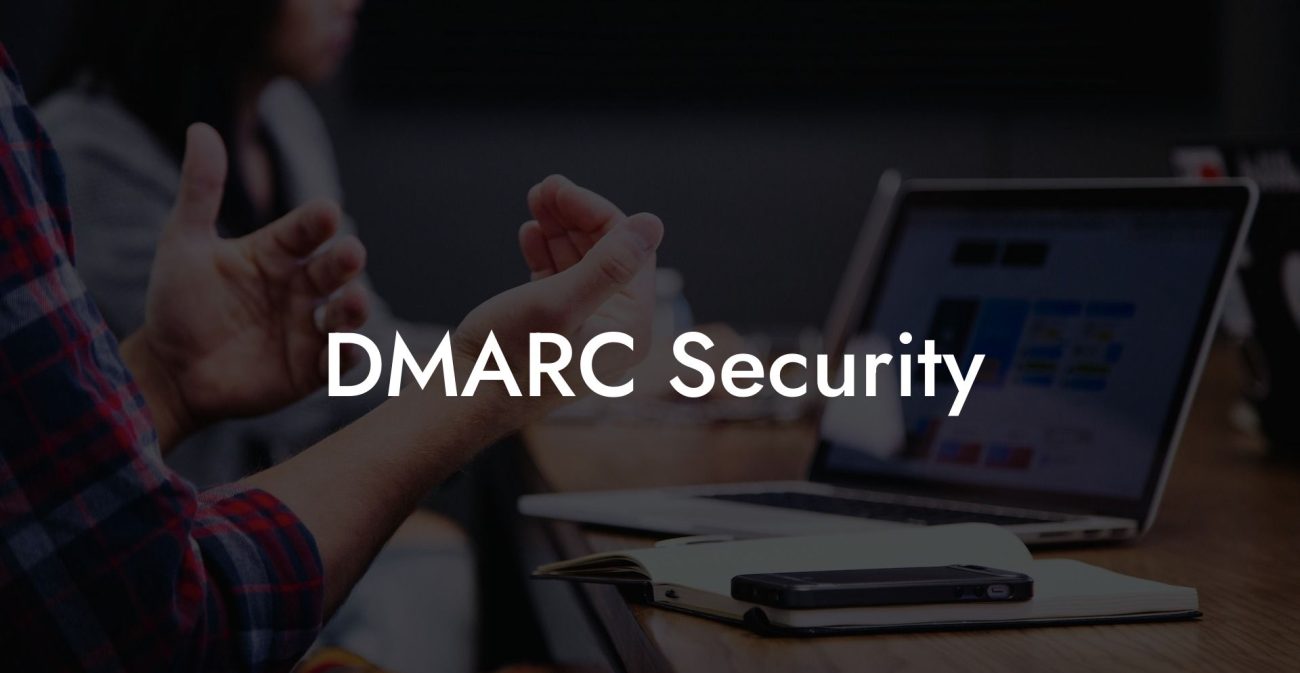In today's digital age, cybercriminals are always on the lookout for new ways to exploit vulnerabilities and prey on unsuspecting users through voice phishing. One effective measure you can protect yourself from spoofed emails and phishing attacks is by setting up a DMARC record. In this guide, we'll walk you through this important protocol, and show you the steps to set up a DMARC record to help safeguard your online communications from cyberattacks.
How To Setup A DMARC Record Table of Contents
What is DMARC?
Domain-based Message Authentication, Reporting, and Conformance (DMARC) is an email protocol that prevents phishing and spoofing attacks by verifying incoming emails and ensuring that they come from a legitimate source. It adds an extra layer of verification and security to other email validation mechanisms like SPF (Sender Policy Framework) and DKIM (DomainKeys Identified Mail).
Why You Need a DMARC Record
Protect Your Data Today With a Secure Password Manager. Our Top Password Managers:
A DMARC policy makes it difficult for cybercriminals to impersonate your domain and use it to send malicious emails. Implementing DMARC can lead to the following benefits:
- Protect your brand and organization from cyberattacks and email spoofing
- Increase email deliverability by ensuring your legitimate emails are not marked as spam
- Gain better visibility and insight into who is sending emails on behalf of your domain
- Enable email receivers to report on identified phishing and spoofing attacks back to your organization
How to Set Up a DMARC Record
Setting up a DMARC record is a straightforward process that involves creating and publishing a TXT record with a specific structure. Here are the steps to create and publish a DMARC record for your organization:
1. Identify the DMARC policy that suits your needs
The first step is to decide the appropriate DMARC policy for your organization, which indicates how email receivers should handle messages that fail DMARC checks:
- None: No action is taken on the message. It's useful for monitoring and collecting data before taking further action.
- Quarantine: The message is flagged as potentially suspicious and placed in the recipient's spam or junk folder.
- Reject: The message is rejected, and the sender will receive a bounce message.
2. Generate the DMARC record
Once you've decided on the policy, you need to create a DMARC record, which is a plain-text DNS record containing key-value pairs separated by semicolons. A typical DMARC record would look like this:
v=DMARC1; p=reject; rua=mailto:dmarc_reports@example.com;
Here's a breakdown of the tags:
- v: The DMARC version (DMARC1 is the current version)
- p: The DMARC policy (none, quarantine, or reject)
- rua: The email address where aggregated reports should be sent
3. Publish the DMARC record
To publish your DMARC record, add a TXT record to your domain's DNS (Domain Name System) settings. The record name should be '_dmarc.yourdomain.com', and the record value should be the DMARC record you generated earlier.
4. Monitor and review reports
Once the DMARC record is published, email receivers will begin sending aggregated reports to the specified email address. These reports help you identify any delivery issues, spoofing attempts, and unauthorized use of your domain.
5. Adjust your policy as needed
As you gather more information through the reports, you can adjust your DMARC policy accordingly. For example, you can move from a 'none' policy to a 'quarantine' or 'reject' policy when you're confident that legitimate emails pass the DMARC checks.
How To Setup A DMARC Record Example:
Let's say you own example.com, and you want to implement a DMARC policy with a 'reject' action and receive reports at dmarc_reports@example.com. Your DMARC record would look like this:
v=DMARC1; p=reject; rua=mailto:dmarc_reports@example.com;
You would then add a TXT record in your domain's DNS settings with the name '_dmarc.example.com' and the value of the above code.
Implementing a DMARC record for your organization is a crucial step in combating email spoofing and phishing attacks. Taking the time to understand and deploy this protocol will help you protect your brand's reputation, ensure email deliverability, and gain insights into potential threats. If you found this guide helpful, please feel free to share it and explore other valuable resources on voice phishing and cybersecurity on our Voice Phishing blog.
Protect Your Data Today With a Secure Password Manager. Our Top Password Managers:

